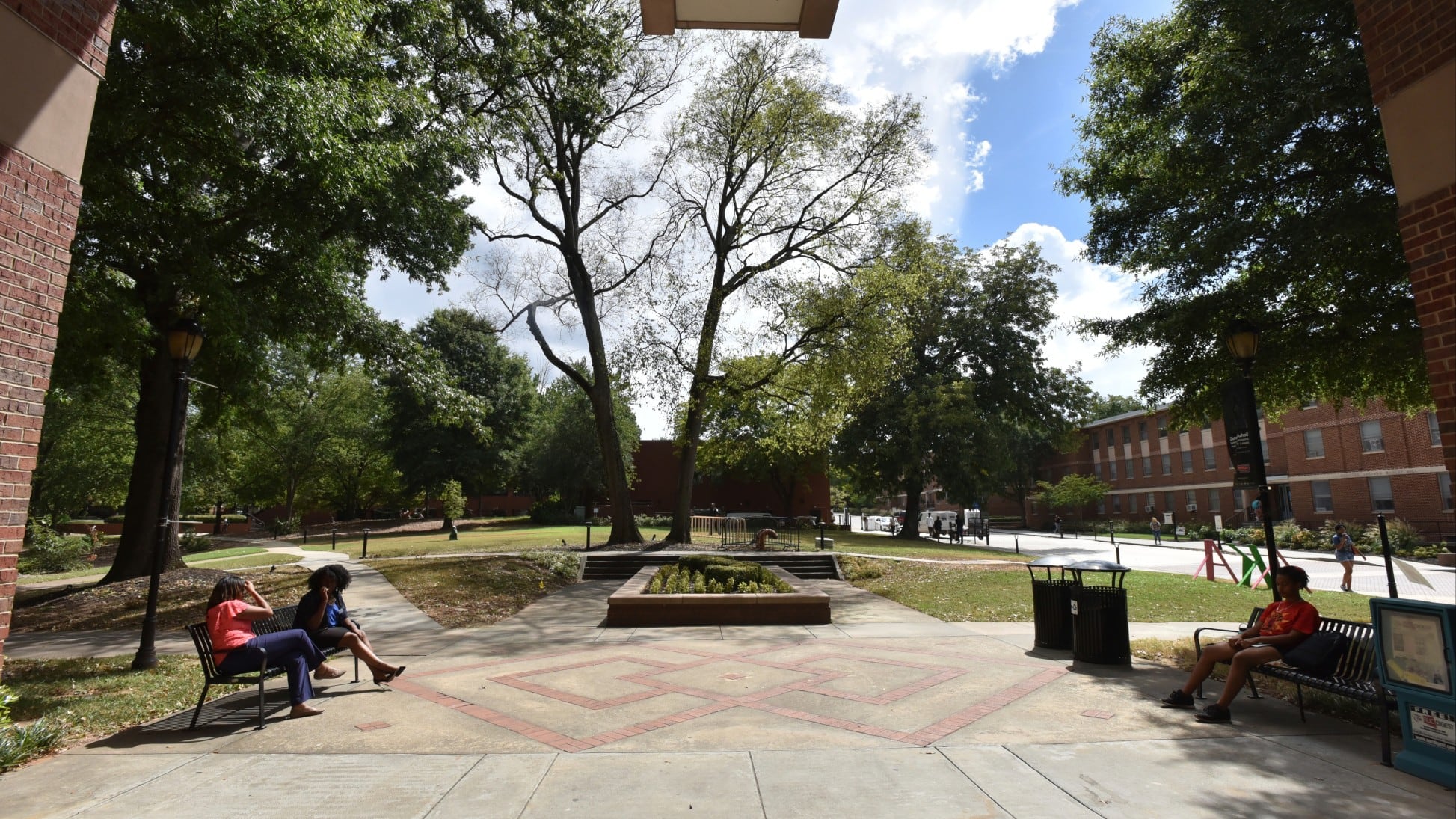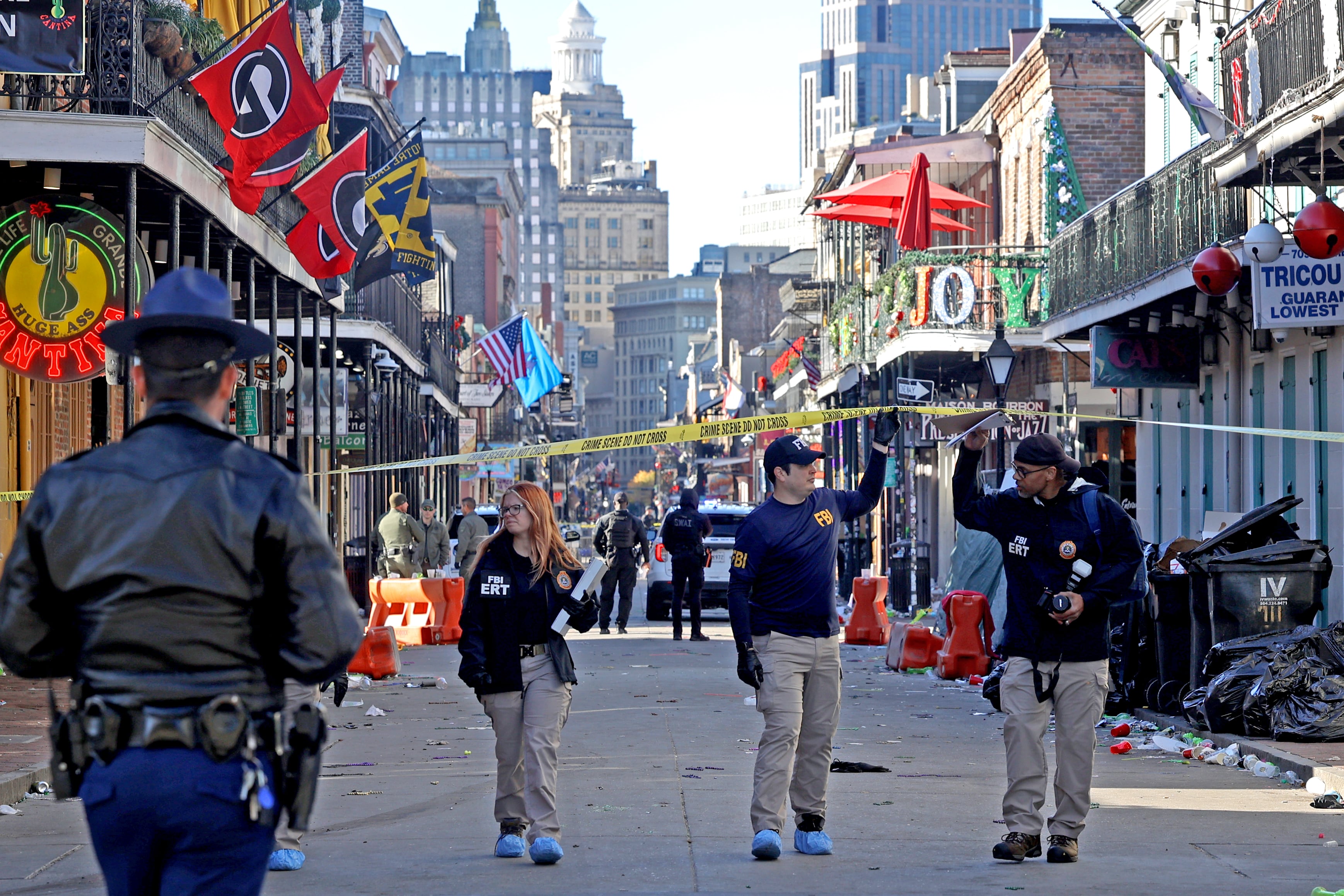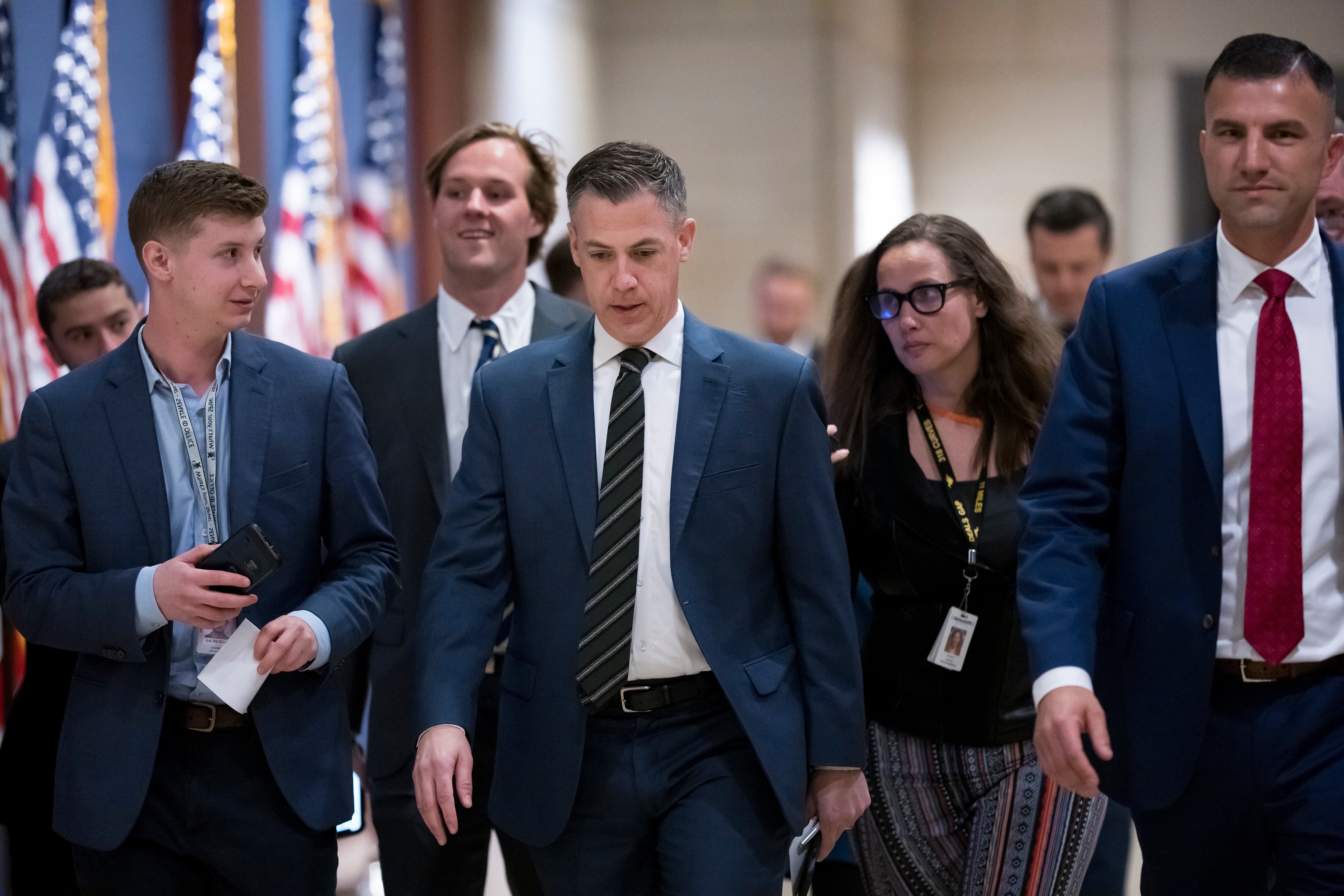Marine leaders with Staff ofthe MarineCorps' new crisis response unit in the Middle East are recommending that future rotations include a six-month predeployment training workup, similar to that of a Marine expeditionary unit.
In an after-action report from Special Purpose Marine Air-Ground Task Force-Crisis Response-Central Command's first 100 days on the ground, task force staff said the "unavoidable and compressed schedule" of the unit's first deployment resulted in minimal predeployment training and forced the unit to rely on I Marine Expeditionary Force headquarters group to assist with tasks like checking Marines into the unit and assigning duties.
The unit, which activated Oct. 1, began supporting Operation Inherent Resolve, the U.S.-led effort to counter the Islamic State group, within since its first days on the ground in the Middle East. Troops from the unit are supporting U.S. embassy security operations in Baghdad, Iraq, and are training Iraqi troops in Al Asad. The unit's commander, Col. Jason Bohm, told Marine Corps Times in December that his Marines are SP-MAGTF-CR-CC was also conducting air strikes and surveillance operations and had responsibility for tactical recovery of aircraft and personnel (TRAP) missions in the Middle East.
Because of emerging mission requirements, the number of personnel assigned to the unit increased grew during the first 100 days, according to the after-action report. The report did not specify how many troops the unit added to its initial strength of 2,300, but said the expansion included additional casualty evacuation capability. The unit was also augmented with a shock trauma platoon and en-route medical care teams to facilitate unit medical care and support humanitarian assistance and disaster relief missions as needed, the report states said.
The unit currently includes a regimental headquarters from 5th Marines; a ground combat element from 2nd Battalion, 7th Marines; an aviation combat element from 3rd Marine Aircraft Wing with MV-22B Ospreys from VMM-263 and AV-8B Harriers from VMA-211; and other detachments including a KC-130J element and an EA-6B Prowler squadron.
Prior to deployingment, the unit completed just one exercise, according to the report: a mission rehearsal training event exercise that task force leaders designed and executed. The exercise is served as a unit certification, but the report indicated the training had unspecified timing and planning issues and other concerns due to the small number of staff the task force had to execute it.
"The [report] recommended that future iterations of the [task force] 'mirror' the MEU model, in which unites/detachments are identified and scheduled with time before formal 'attachment' to the SPMAGTF," the after-action report summary states said.
If implemented, a six-month composited training workup would mean a better-integrated and more experienced unit, but also more time away from home and family for units assigned to future SP-MAGTF-CR-CC rotations.
During the December interview, Bohm told Marine Corps Times in December that the unit, which is "decisively engaged" in six countries in the Middle East, has so far been able to handle every tasking it has received.
"We train our Marines to be problem solvers," he said. "We train them to be flexible and adaptable."
The unit's six-month deployment is set to end this spring. The he units tasked with the next rotation have not yet been publicly identified.





